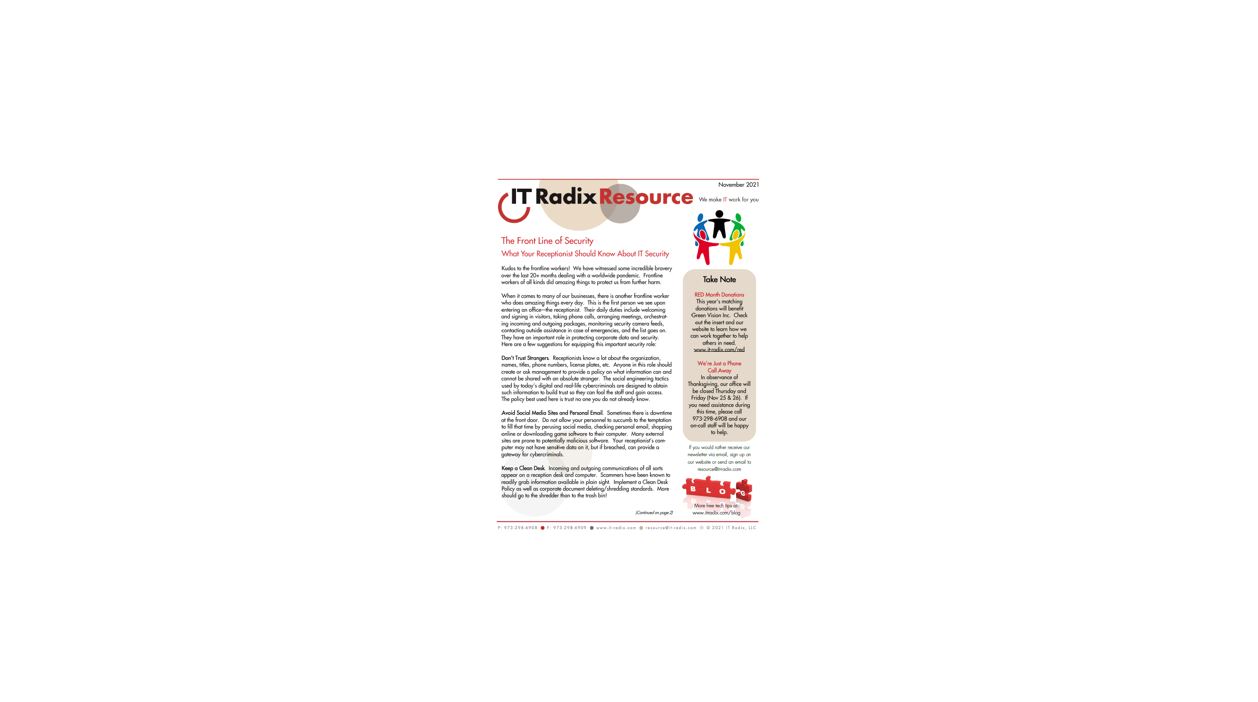
November 2021 IT Radix Resource Newsletter
In this issue:
- What Your Receptionist Should Know About IT Security
- Introducing… Debbie
- The Race to 5G Wireless Internet
- Low-Hanging Fruit
- IT Radix Core Value – We Give Back to Our Community


In this issue:
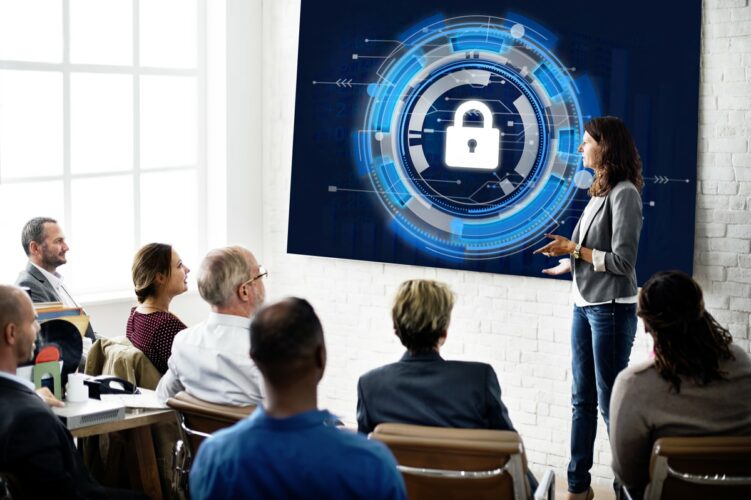
Your Employees Are Key to Your Company’s Cybersecurity The list of key software and hardware devices and tools that today’s security-conscious organizations are applying against
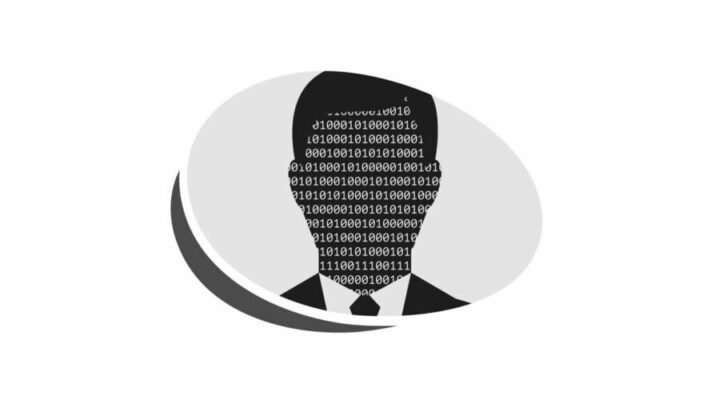
PII Security and Protection for You AND Your Clients The personally identifiable information (PII) or data that an organization handles is not always the HR
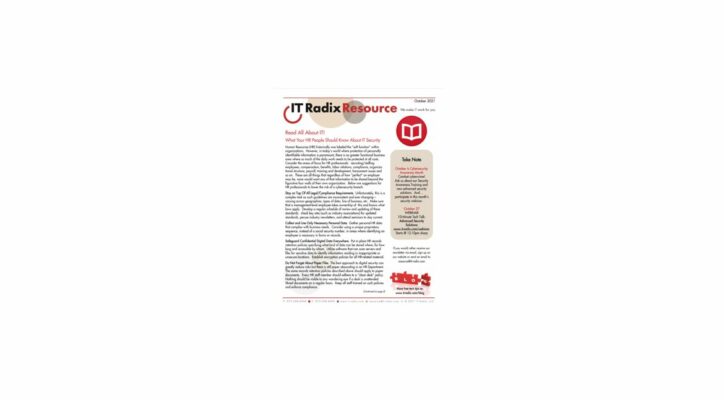
In this issue:
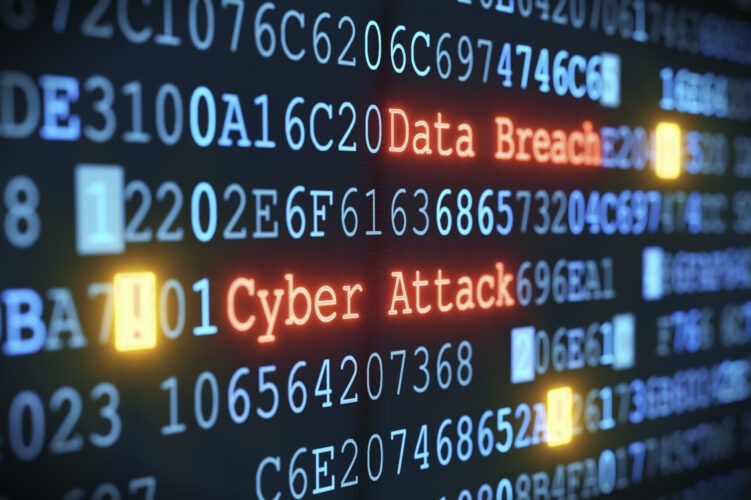
Medical, Banking and E-Commerce Industries are Hot Targets for Cyberattacks Every organization at one time or another thinks “it will not happen to us,” but
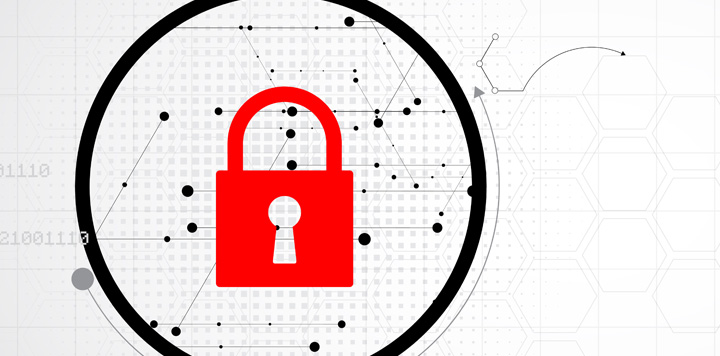
Get an Information Technology professional talking about cybersecurity and the conversation might never end. You’ll be lucky to get a word in edgewise. That’s because
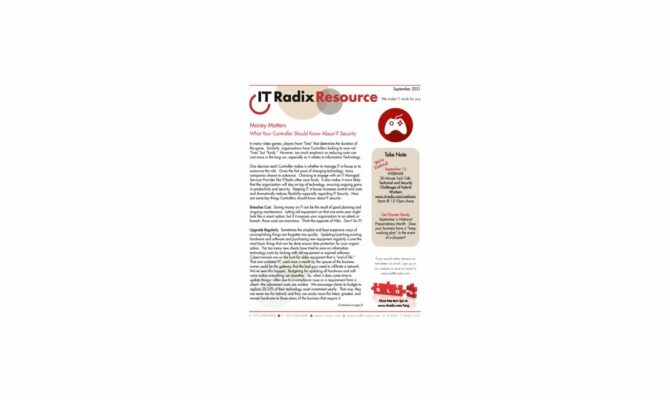
In this issue:
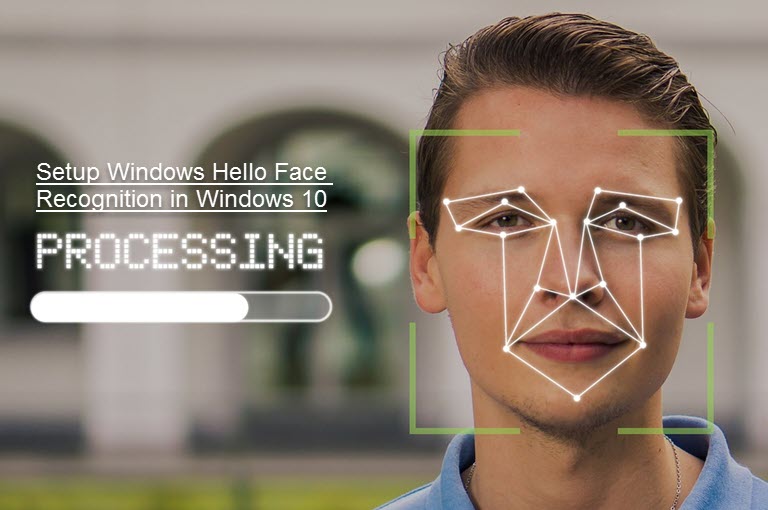
Windows Hello Harnesses the Power of Facial Recognition “Hello! Is it me you’re looking for? I can see it in your eyes; I can see

Hackers have targeted smart cameras for years. In fact, one popular smart camera system (the Amazon Ring) had a security flaw that allowed hackers to
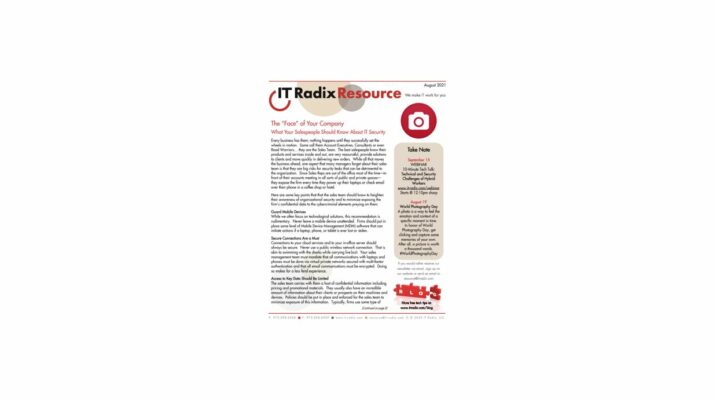
In this issue:
"*" indicates required fields